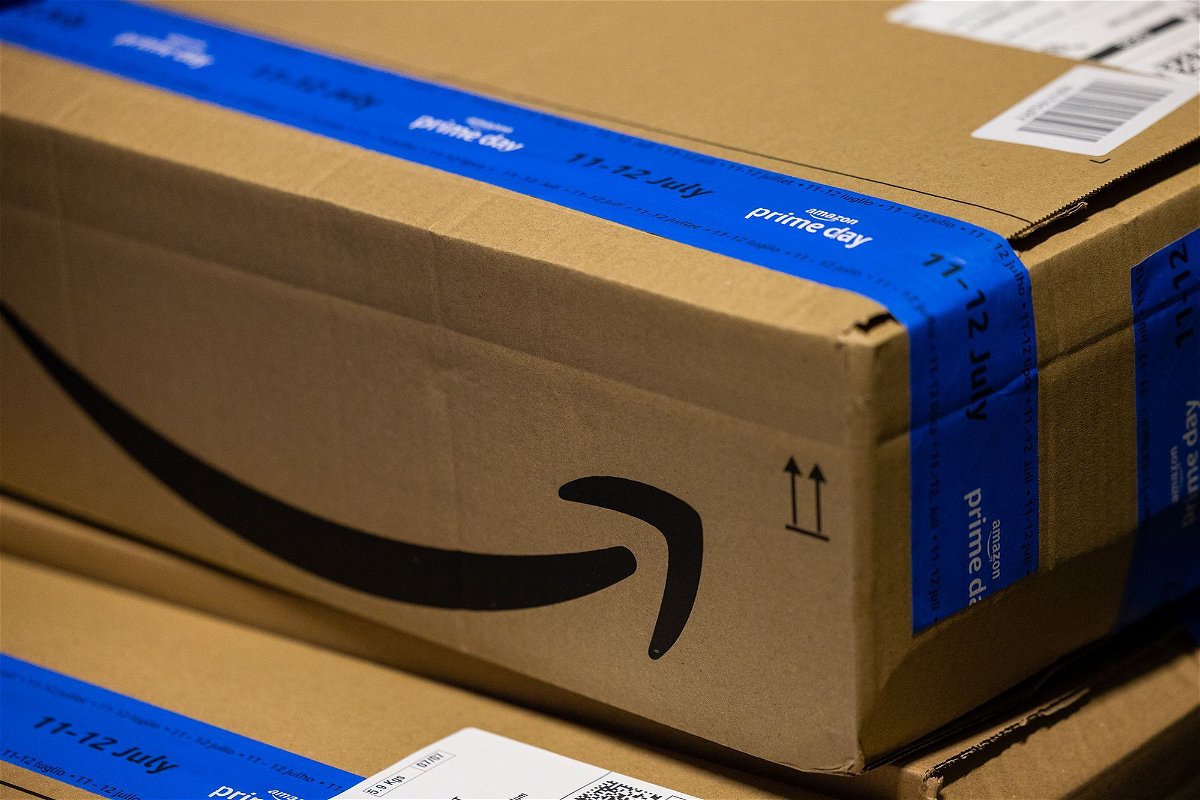Why Amazon’s Prime Day is in July

Amazon launched Prime Day in 2015 to attract new subscribers who now pay $139 a year for shipping discounts
By Nathaniel Meyersohn, CNN
New York (CNN) — Amazon Prime Day is back again, starting Tuesday. But a random couple of days in July does, indeed, feel a bit random. Here’s why Amazon made the seemingly nonsensical decision to throw what could be one of its biggest sales days into the middle of the summer.
Amazon holds Prime Day in July every year to juice sales numbers during what are typically slow summer months. It also helps Amazon promote an early start to the back-to-school and college shopping period, according to JPMorgan analyst Doug Anmuth.
Amazon (AMZN) tested out its inaugural Prime Day in July 2015 to celebrate the company’s 20th anniversary. It designed the day to replicate Black Friday for Amazon (AMZN) die-hards, but boasted more deals than the November shopping tradition. “Step Aside Black Friday – Meet Prime Day,” Amazon (AMZN) said in a press release unveiling the sale.
Amazon recorded $900 million in sales its first Prime Day, according to Coresight Research. The company decided to bring it back for a second year with more deals. Sales hit $1.5 billion, according to Coresight’s estimate.
Amazon has since added a second day to the sales. Bank of America predicts Prime Day could generate around $12 billion in revenue this year, up 12% from a year ago.
Prime Day only makes up around 1% to 2% of Amazon’s annual sales, analysts say, but Amazon uses the sale to build loyalty with Prime subscribers and hook new shoppers to the program.
Prime Day helps Amazon draw new members to Amazon Prime, its $139 annual free-shipping program, and bolsters existing customer relationships with the company’s products and businesses, which includes Whole Foods. The vast majority of the company’s offerings on Prime Day in the past have been exclusive to Prime members.
This will be the first Prime Day with Amazon’s revamped delivery network.
Amazon has traditionally operated one national delivery network that distributed orders from warehouses spread across the country. If a local warehouse didn’t have the product a customer ordered in, say, Detroit, Amazon would ship it from another part of the country. But the company this year created eight regions in smaller geographic areas designed to ship products over shorter distances.
The changes may impact which products consumers see when they search for products on Amazon’s website. Items that are closer to customers will show up higher on results pages, according to Amazon.
Amazon also faces stiffened competition this year from Target (TGT), Walmart (WMT), Best Buy (BBY) and other retailers offering sales that coincide with Prime Day.
The sale is also starting as online prices fall.
Online prices in June fell 2.6% year over year, the most significant decrease since May 2020, according to the Adobe Digital Price Index from Adobe Analytics.
June marked the 10th consecutive month of year-on-year price decreases, with over half of Adobe’s tracked categories seeing prices fall.
Electronics, computers and appliances continued to see significant price drops. Grocery prices increased, but at a slowing rate.
The-CNN-Wire
™ & © 2023 Cable News Network, Inc., a Warner Bros. Discovery Company. All rights reserved.